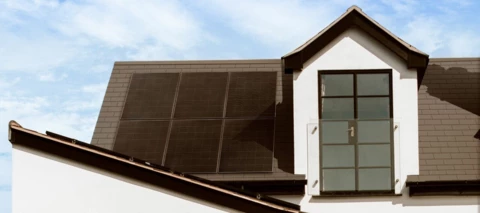- Forum
- Green tech & greener living
- Home and heating
Home and heating
Discussions around the latest home tech: solar, smart heat, battery storage & more
- 331 Topic threads
- 5,173 Comments
When you subscribe we will email you when there is a new topic in this category
331 Topic threads
Emmanuelle_OVOCommunity Manager
Posted in Home and heating
BPLightlogPlan Zero Hero
Posted in Home and heating
BeePeePlan Zero Hero
Posted in Home and heating
BPLightlogPlan Zero Hero
Posted in Home and heating
BPLightlogPlan Zero Hero
Posted in Home and heating
KsansburyCarbon Cutter*****
Posted in Home and heating
johndunbarCarbon Cutter*****
Posted in Home and heating
CariadNew Member*
Posted in Home and heating
amacCarbon Cutter*
Posted in Home and heating
dutyhogCarbon Cutter*****
Posted in Home and heating
GeorgeCarbon Cutter***
Posted in Home and heating
BeePeePlan Zero Hero
posted in Home and heating
Mark1973Carbon Cutter***
Posted in Home and heating
Mucky1957.Carbon Cutter*
Posted in Home and heating
FionaBrewisNew Member***
Posted in Home and heating
KsansburyCarbon Cutter*****
posted in Home and heating
kerrCarbon Cutter*****
posted in Home and heating
Yanna1Carbon Cutter****
Posted in Home and heating
CalumleedsNew Member**
Posted in Home and heating
CraigM1996Carbon Cutter****
Posted in Home and heating
CorrinaNew Member*
Posted in Home and heating
KsansburyCarbon Cutter*****
posted in Home and heating
paulmmmmCarbon Cutter****
Posted in Home and heating
Dave-Nice-VIIICarbon Cutter*****
posted in Home and heating
New to creating a topic?
The OVO Forum is powered by volunteers. Here are their top tips:
- Looking to get help from OVO? Contact our Support team here
- Search existing topics and check the Community rules before posting
- Please be respectful to others. Our members are other customers like you.
Need advice from other members?
Ask your question to our members - they have the experience you're looking for:
Ask our communityLog in to the OVO Forum
No account yet? Create an account
Enter your E-mail address. We'll send you an e-mail with instructions to reset your password.
Scanning file for viruses.
Sorry, we're still checking this file's contents to make sure it's safe to download. Please try again in a few minutes.
OKThis file cannot be downloaded
Sorry, our virus scanner detected that this file isn't safe to download.
OK












